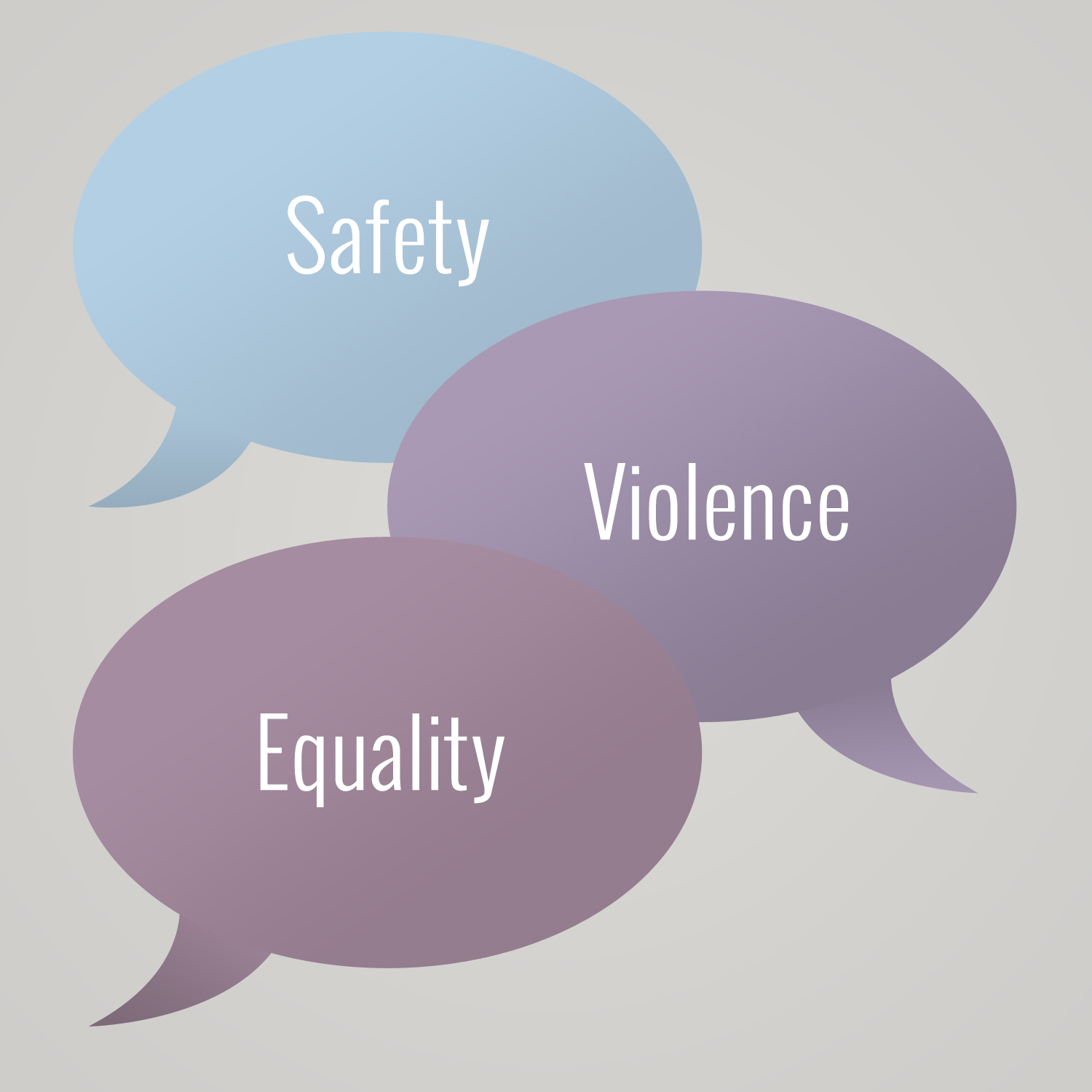Funds target campus culture


According to a Canadian study done in 1993, 25 per cent of all female post-secondary students have been physically and/or sexually assaulted by a male date or boyfriend. One-in-five male students surveyed said that forced intercourse was all right “if he spends money on her,” “if he is stoned or drunk,” or if they “had been dating for a long time.”
This and other troubling statistics surrounding post-secondary students prompted the creation of The Change Project, a report being formed to help address gendered violence at Wilfrid Laurier University and the University of Waterloo (UW).
“The project is meant to look at the nature and extent of gendered violence on the Waterloo and Laurier campus,” said Lauren Burrows, the Change Project volunteer coordinator and research assistant. “And then to develop comprehensive strategies to respond to this and hopefully to improve that situation.”
The project is funded by the Status of Women Canada, who awarded 21 grants to universities across Canada to end gendered violence on campuses. The Sexual Assault Support Centre (SASC) of Waterloo Region, who is overseeing the project, applied for the grant. SASC had already been doing work on this at Laurier, but had to stop due to lack of funds.
Since receiving the grant in July 2012, it has enabled them to continue where they left off, as well as to forge new partnerships.
Partners include The Social Innovation Research Group (SIRG), Laurier’s Centre for Women and Trans People and Diversity and Equity Office, UW’s Women’s Centre, Laurier and UW.
Over the past year they have had difficulty getting ethics approval.
“It did slow down our process to engage students more on campus and then that just slows down our ability to do other things,” explained Joan Tuchlinsky, public education manager at the SASC. “I think things will speed up in the next three months.”
This year, they are working on data collection. Their goal is to reach 500 students with surveys as well as have a couple campus conversations to get the community talking about the issue of gendered violence on campus.
“We’re trying to get a sense from students how frequently they intervene when they see something that might look like gendered violence and how comfortable they feel doing that,” said Jay Harrison, The Change Project coordinator, of the surveys.
While there have not been as many males participating as females, Harrison said that they have had several eager male students willing to do the survey.
“I think that’s one of the pieces that we’ve been trying to get away from with this, is that this is a women’s issue,” said Harrison. “It is to the extent that women are most likely to experience these types of violence. But I think that it would be fantastic if we could start to change the conversation to: what is the role of all of us…to be active citizens on campus.”
“What we know just from our work with our agency is that addressing attitudes and behaviors tend to create an environment where gendered violence is more likely to happen, that is what we need to address,” said Tuchlinsky. “More so than whether the light is good here or there — it’s not that we shouldn’t address that. We will be looking at that. But it’s those underlying behaviours and attitudes.”
The final report is anticipated to be done around April 2015.
It will be given to stakeholders at the university to give them recommendations on where they can make changes to help end gendered violence.
They are also hoping to share it with other institutions.
Harrison commented on the impact she hopes the report will have.
“I think that in the first place I hope that it provides some evidence of what we’re already doing… But also point out some of those gaps.”
She noted the way the Laurier culture has banded together over the past year to address mental health. She believes this could, “just as easily be done around the issue of gendered violence.”


